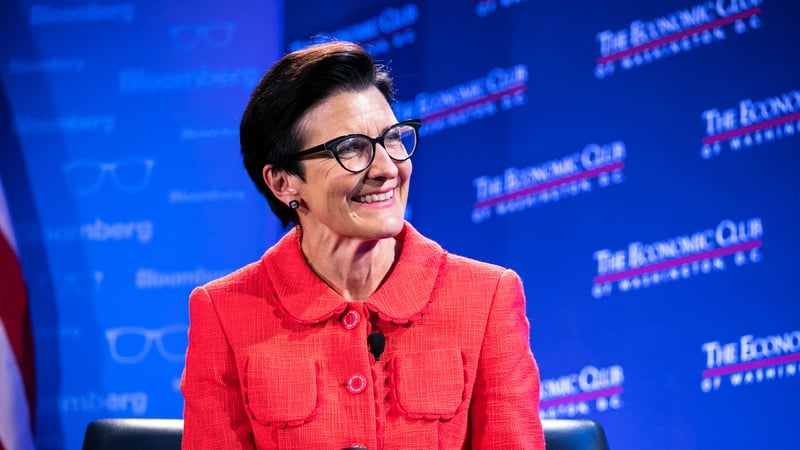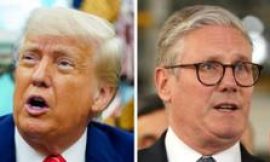Citigroup has today beaten Wall Street estimates for first-quarter profit as its traders reaped a windfall from volatile markets that fueled client activity.
The third-largest US lender’s earnings echoed those of Wall Street rivals, including JPMorgan Chase, Bank of America and Morgan Stanley whose results were also lifted by stronger equities trading. While industry profits rose, executives warned that US tariff policies cast a shadow over the economic outlook.
“We continue to help our clients navigate an uncertain environment,” CEO Jane Fraser said in a statement.
“When all is said and done, and long-standing trade imbalances and other structural shifts are behind us, the US will still be the world’s leading economy, and the dollar will remain the reserve currency,” the CEO said.
Stock trading jumped in the first three months of the year as investors rejigged their portfolios during a period of heightened uncertainty over President Donald Trump’s tariffs and the emergence of Chinese startup DeepSeek’s low-cost AI model.
Citi’s markets revenue rose 12% to $6 billion in the quarter, surpassing its earlier expectations for a mid-single-digit percentage gain. Equity revenue surged 23%, buoyed by more client activity.
Fixed income revenue, a major driver of Citi’s markets business, jumped 8% to $4.5 billion, lifted mainly by rates and currencies.
Citi’s net income jumped 21% to $4.1 billion, or $1.96 per share, in the three months ended March 31. Wall Street had expected the bank to earn $1.85, according to estimates compiled by LSEG.
Shares of the New York-based bank have declined 10.2% this year as of yesterday’s close.
CEOs across Wall Street have warned about the potential fallout of the US tariffs, which have clouded the economic outlook and prompted recession fears.
Bank stocks were pummeled when sweeping US tariffs were announced this month, a stark turnaround from the optimism at the start of the year for Trump’s pro-business agenda.
Tariffs could reignite inflation and constrain economic growth, curbing companies’ appetites for dealmaking and borrowing. Weakening consumer sentiment could also weigh on spending and loan demand.
“There’s obviously a great deal of uncertainty around tariffs and trade policy and how that will evolve, but also uncertainty around the broader agenda, deregulation, tax policy, etc. That is putting kind of downward pressure on the outlook for growth,” chief financial officer Mark Mason told reporters on a call.
Citi’s cost of credit was $2.72 billion in the quarter, compared with $2.37 billion a year earlier.
Two divisions recently revamped by the CEO showed improvement in the first quarter. Banking, led by former JPMorgan Chase executive Viswas Raghavan, increased revenue by 12% to $2 billion.
Citi’s investment banking fees jumped 14% to $1.1 billion in the quarter, as it earned more from advising on deals.
The bank advised on several notable transactions during the quarter, including Johnson & Johnson’s $14.6-billion deal for neurological drug maker Intra-Cellular Therapies.
In the wealth management unit run by former Bank of America executive Andy Sieg, revenue rose 24% to a record $2.1 billion.
Citi is undergoing a multi-year effort under CEO Fraser to streamline its operations and improve returns, while trying to fix longstanding regulatory problems.
While Citi completed much of its reorganisation last year, the bank is still working on improving its data quality management and regulatory reporting.
The bank cut bonuses paid in 2024 to top executives for not making enough progress on the compliance issues.
Citi plans to slash its reliance on information technology contractors and hire thousands of employees for IT as it grapples with regulatory punishments, Reuters reported last month.
The bank repurchased $1.75 billion of shares in the first quarter, higher than prior expectations of $1.5 billion.
Citi is targeting a similar level of share repurchases in the second quarter.




